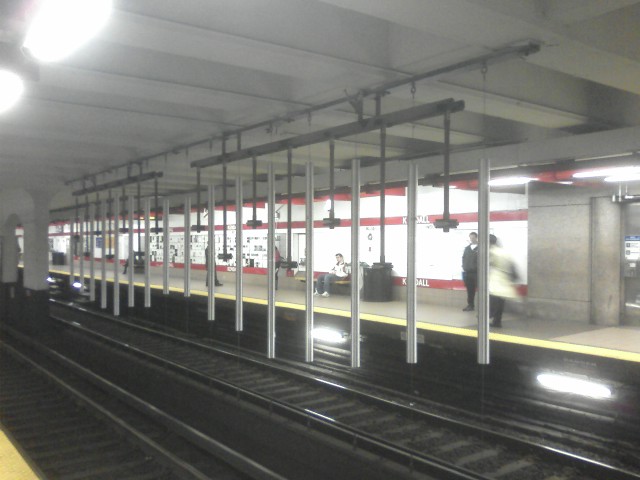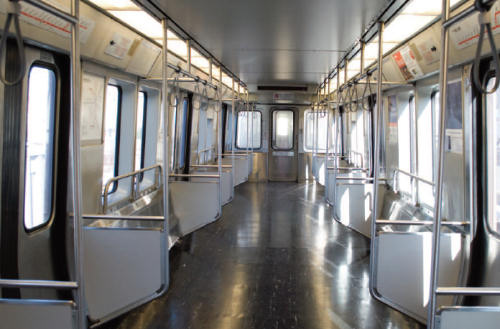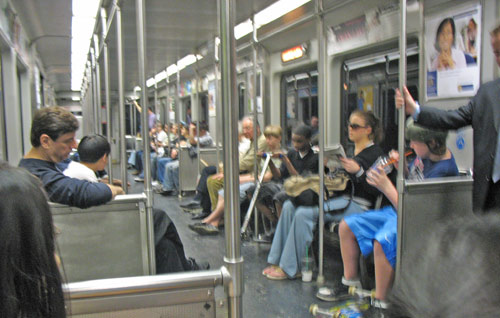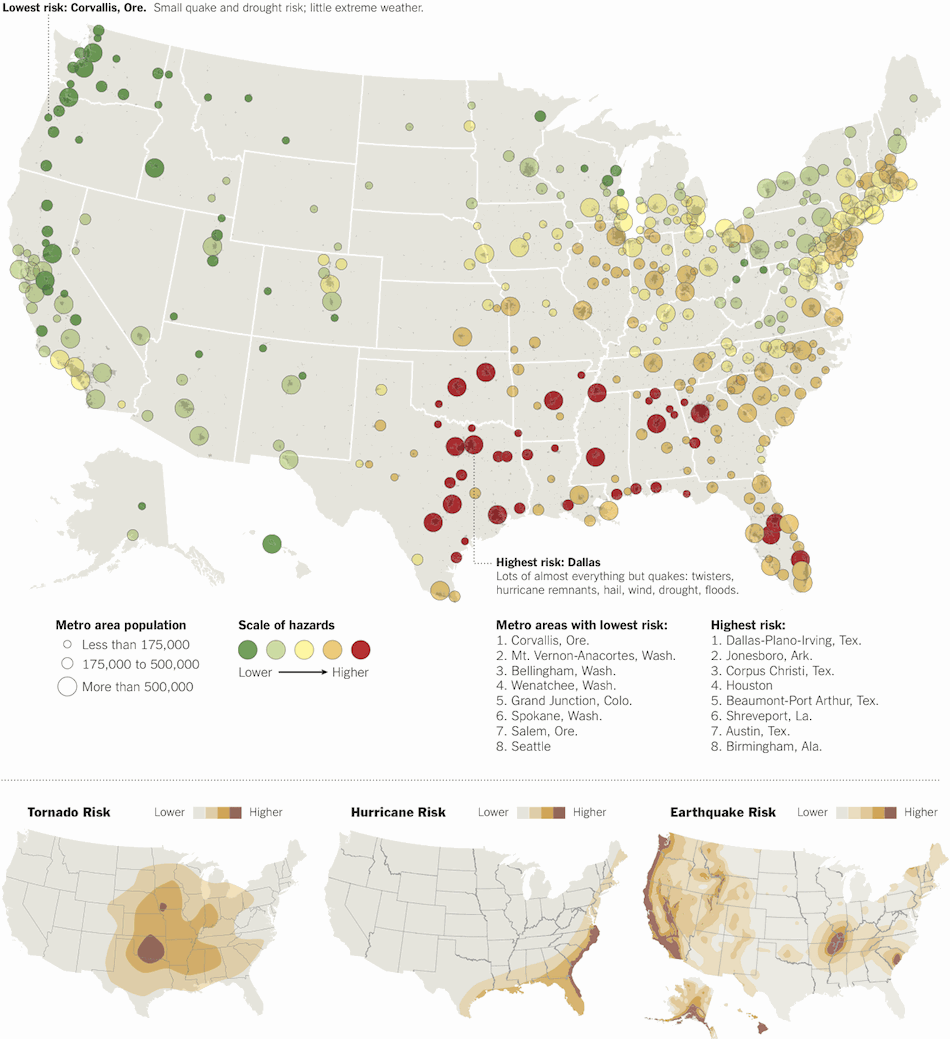2011/05/27
t-mobile prepaid optimization
t-Mobile has these tiered refill cards for their prepaid mobile phones. The pricing table is here and reproduced below:
$10 for 30 minutes, expires in 90 days
$25 for 130 minutes, expires in 90 days
$40 for 208 minutes, expires in 90 days
$50 for 400 minutes, expires in 90 days
$100 for 1000 minutes, expires in 365 days
So which card should you buy? You could calculate a per minute cost and conclude that $100 for 1000 minutes is the most economical (plus it doesn’t expire for the longest time). Wrong!
It depends on how much you use the phone. The fact that the minutes expire makes the prepaid plan a virtual monthly plan in the regime where you do not use 1000 or more minutes per year, which is highly likely for people who choose prepaid phones to begin with (e.g. temporary visitors, odd occasions, emergencies, etc.). The constraint in that case is the expiration, not the number of minutes. If you blindly purchased $100 refills one after another, you’d have more and more unused minutes piling up. Sure, you could still use them, but even at $0.10/min. it is expensive compared to a straight monthly plan if you really mean to call that much. Of course you don’t, so now what?
(Read the article)
 Comments(3)
Comments(3)
 MBTA has these “BIG RED” high-capacity cars now, but guess what?
MBTA has these “BIG RED” high-capacity cars now, but guess what?  (Why do “suit” and “purple” choose to stand?)
(Why do “suit” and “purple” choose to stand?)
